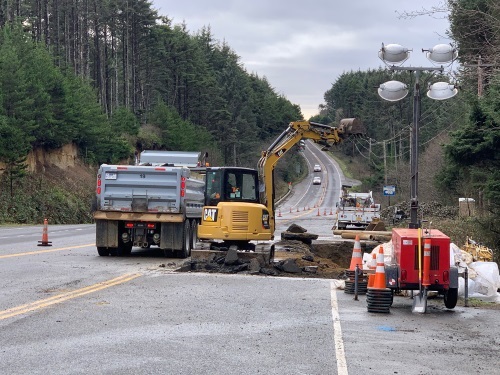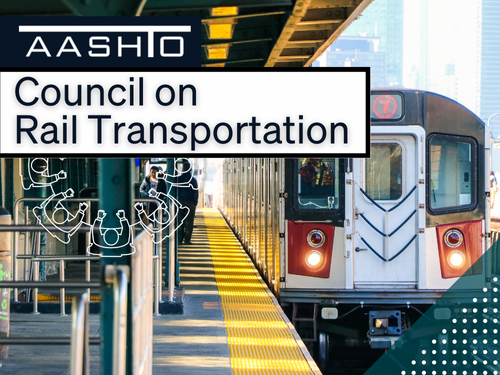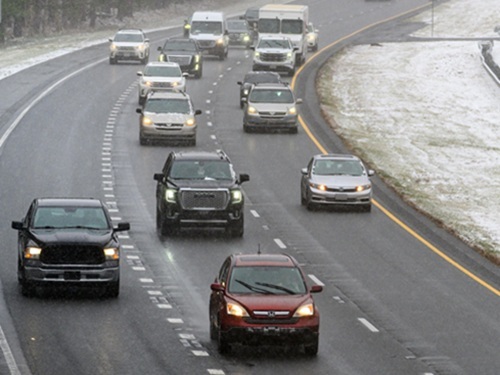America’s rural transportation system is facing a $198 billion funding backlog for needed repairs and improvements, according to a new report.
[Above image by TRIP]
Compiled by TRIP, a Washington, D.C.-based transportation research nonprofit, that report – entitled “Rural Connections: Examining the Safety, Connectivity, Condition, and Funding Needs of America’s Rural Roads & Bridges” – indicates roads, highways, rails, and bridges in the nation’s rural areas face a number of “significant challenges,” such as a lack of adequate capacity, high crash rates, and a lack of adequate support for rising freight traffic on many corridors.
The organization noted that an analysis conducted by the U.S. Department of Transportation and submitted to Congress in July – officially entitled “Status of the Nation’s Highways, Bridges and Transit Conditions and Performance Report, 25th Edition” – that the U.S. faces a $198 billion backlog in needed repairs and improvements to the nation’s rural roads, highways and bridges.
That includes a $97 billion backlog for rural road and highway rehabilitation, a $53 billion backlog for needed rural bridge rehabilitation, and a $48 billion backlog for needed rural roadway expansions and enhancements, according to USDOT’s numbers.

“The health of the nation’s economy and the safety and quality of life in America’s small communities and rural areas ride on our rural transportation system,” said Dave Kearby, executive director of TRIP, in a statement.
“Providing the nation with a rural transportation network that supports rural America’s economy and will support its future development will require that the U.S. invest in a rural transportation system that is safe, efficient, and well-maintained, and that provides adequate mobility and connectivity to the nation’s rural communities,” he added.
According to TRIP’s report, 12 percent of U.S. rural roads are rated in poor condition and 19 percent are in mediocre condition. Meanwhile 8 percent of rural bridges in the U.S. are rated in poor/structurally deficient condition and 48 percent are rated in fair condition.
Bridges rated poor/structurally deficient have significant deterioration to the major components of the bridge and are often posted for lower weight or closed to traffic; restricting or redirecting large vehicles, including agricultural equipment, commercial trucks, school buses and emergency services vehicles, TRIP’s study found.

Concurrently, the rate of traffic fatalities on the nation’s non-Interstate rural roads in 2022 was nearly double the fatality rate on all other roads – 2.01 fatalities per 100 million vehicle miles of travel or VMT versus 1.12 fatalities per 100 million VMT.
TRIP noted that some of the reasons for the higher fatality rate on rural roads are as they more likely to have narrow lanes, limited shoulders, sharp curves, exposed hazards, pavement drop-offs, steep slopes and limited clear zones along roadsides.
The report also emphasized that America’s rural transportation system provides the first and last link in the supply chain from farm to market, connects manufacturers to their customers, supports the tourism industry, and enables the production of energy, food and fiber.
As a result, rural Americans are more reliant on the quality of their transportation system than their urban counterparts, TRIP stressed, with vehicle travel in rural communities averaging approximately 50 percent higher than in urban communities.
“This report underscores the need for infrastructure investment in rural America to ensure the roads, bridges, and highways our nation’s equipment manufacturers rely on are efficient, safe, and reliable,” said Todd Stucke, president of Kubota Tractor Corporation and chair of the Association of Equipment Manufacturers, noted in the report.
“Our freight transportation network—which largely consists of rural communities where our food, fiber, and fuel is produced – remains a vital part of our economy’s supply chain,” he said. “Allowing it to fall into a state of disrepair will not only cost us more money down the road to modernize, but it will also disrupt our industry’s ability to remain competitive globally.”
 Nation
Nation
Registration Open for AASHTO’s Winter Rail Meeting
December 19, 2025 Nation
Nation

